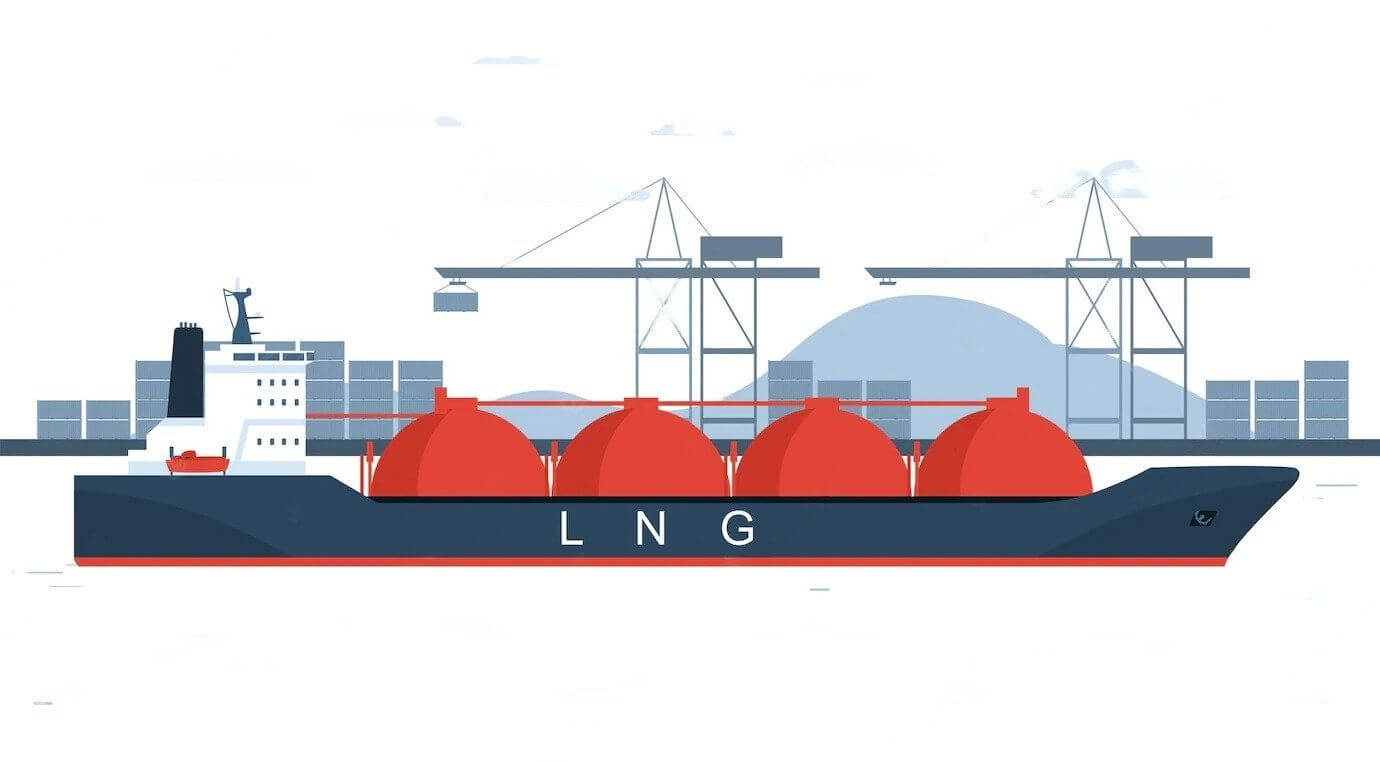As Europe looks to new gas sources, African countries are finding cheaper and faster alternatives to monetise and export vast gas reserves.
Tankers that can convert liquid natural gas to a gas state without the need for expensive, onshore liquefication ports have begun popping up around Africa, allowing the continent to quickly tap into global gas demand and monetise abundant untapped reserves.
Russia’s invasion of Ukraine and the consequent economic fallout pushed global demand for gas, causing prices to skyrocket and European countries to jostle for Africa’s natural gas suddenly.
Three African countries – Nigeria, Mozambique and the Republic of Congo – launched floating terminals over the past three months to tap into this rising demand as Europe races to get its hands on as much non-Russian gas as possible.
It’s a trend that is likely to grow, according to industry insiders.
“The market for FLNG terminals is expected to grow as new offshore floating projects emerge in response to rising gas demand,” research firm, Allied Market Research, said in its latest report.
The report on the floating liquefied natural gas (FLNG) market, Global Opportunity Analysis and Industry Forecast, 2021-2030, shows a growing preference for natural gas drives the boom. LNG is seen as less polluting, safer and more cost-effective in powering industry, compared with heavier carbon options like coal and oil.
“Its popularity is due in part to the environmental advantages it offers over other fossil fuels,” said the report’s authors.
The Republic of Congo has a head start over Nigeria and Mozambique, deploying two FLNG vessels with a combined production capacity of three million tons per year.
The deployment consolidates the country’s position as a regional gas hub.
“The Republic of the Congo has the chance to become not only a regional but global producer of LNG, and the launch of a second FLNG facility by Eni will be key for making this objective a reality,” said NJ Ayuk, Executive Chairman of the African Energy Chamber.
With more than 10 trillion cubic meters of natural gas resources, the Republic of Congo has a national gas master plan laying the foundation for promoting gas utilization and attracting foreign direct investment.
In November 2022, Nigeria launched its first FLNG through a privately held company, UTM offshore, which was recently incorporated and received financial backing from African Export-Import Bank.
The facility – to be built 60 kilometres from the shore of Akwa Ibom State – is backed by oil marketer (Exxon Mobil) and has a production capacity of 1.2 million metric tons per annum and a storage capacity of 200,000 cubic meters.
UTM Offshore’s managing director and chief executive officer, Julius Rone, said the FLNG facilities would help Nigeria and other hydrocarbon-producing African countries cut dependence on crude oil and meet global demand for gas.
“For us in Africa, especially Nigeria, energy transition is steeped in harnessing our abundant gas resources… the rising global demand for cleaner energy sources has offered Nigeria an opportunity to exploit gas resources for the good of the country,” said Rone.
Nigeria’s vast gas reserves are estimated to be above 200 trillion cubic feet – the largest of Africa’s over 620 trillion cubic feet, according to Statista.
In December 2022, Mozambique – with over 100 trillion cubic feet of natural gas reserves – inaugurated the Coral-Sul Floating Liquefied Natural Gas (FLNG) project in the ultra-deep waters of the Rovuma basin.
President of Mozambique, Filipe Jacinto Nyusi, said the project ushered in a new era of energy security for the region while positioning the country as a globally competitive producer and exporter of liquefied natural gas (LNG).
“The FLNG project has raised the levels of confidence and expectations for the future so that Mozambique can occupy a significant position as an exporter of LNG in the phase of the energy transition,” Nyusi said.
Oil marketers, Eni and ExxonMobil, are key partners and operators in the three African countries as they look to cash in on the booming FLNG market in a strategy change that focuses on sustained investment in the continent.
The floating terminals – serving as mobile midstream assets by producing LNG directly on floating systems off the coast – have lower production costs, take less time to build and offer investors quick returns on investments compared to traditional large onshore facilities.
“FLNG terminals provide the opportunity to reduce production costs while also increasing output, thereby improving project economics,” according to Allied’s report.
Rystad Energy, a global market research firm, has projected that Africa has the potential to triple its LNG export capacity by 2040 from the current 77 million tons per annum, with liquefaction capacity seen rising to 146 million tons annually.
A report by the African Energy Chamber, The State of African Energy 2023, shares those sentiments and has tipped Nigeria, Algeria and Egypt to drive Africa’s Liquefied Natural Gas exports over the next three years.
“Africa stands at a point where it can benefit from historical gas trade relations with Europe, existing infrastructure to export gas to Europe, geographical vicinity to the demand centres and, most importantly, abundant natural gas potential,” said the report.
Other gas-rich African nations projected to drive exports are Equatorial Guinea, Mozambique, Senegal and Mauritania.
**bird story agency**
As Europe seeks new gas sources, African countries are quickly monetizing their vast gas reserves using floating liquefied natural gas (FLNG) terminals. These mobile tankers, which convert liquid natural gas to gas without expensive onshore ports, are proliferating around Africa due to high global gas demand spurred by the Russia-Ukraine conflict.
Nigeria, Mozambique, and the Republic of Congo recently launched FLNG terminals, with the Republic of Congo leading with two vessels. The practice is seen as environmentally advantageous compared to coal and oil, motivating further investment.
Nigeria, with over 200 trillion cubic feet of gas reserves, inaugurated its first FLNG terminal backed by ExxonMobil, while Mozambique with 100 trillion cubic feet reserves launched the Coral-Sul FLNG project.
Industry reports suggest FLNG terminals lower production costs, take less time to build, and offer quick returns on investment. Projections indicate Africa could triple its LNG export capacity by 2040, with Nigeria, Algeria, and Egypt expected to lead this surge.






